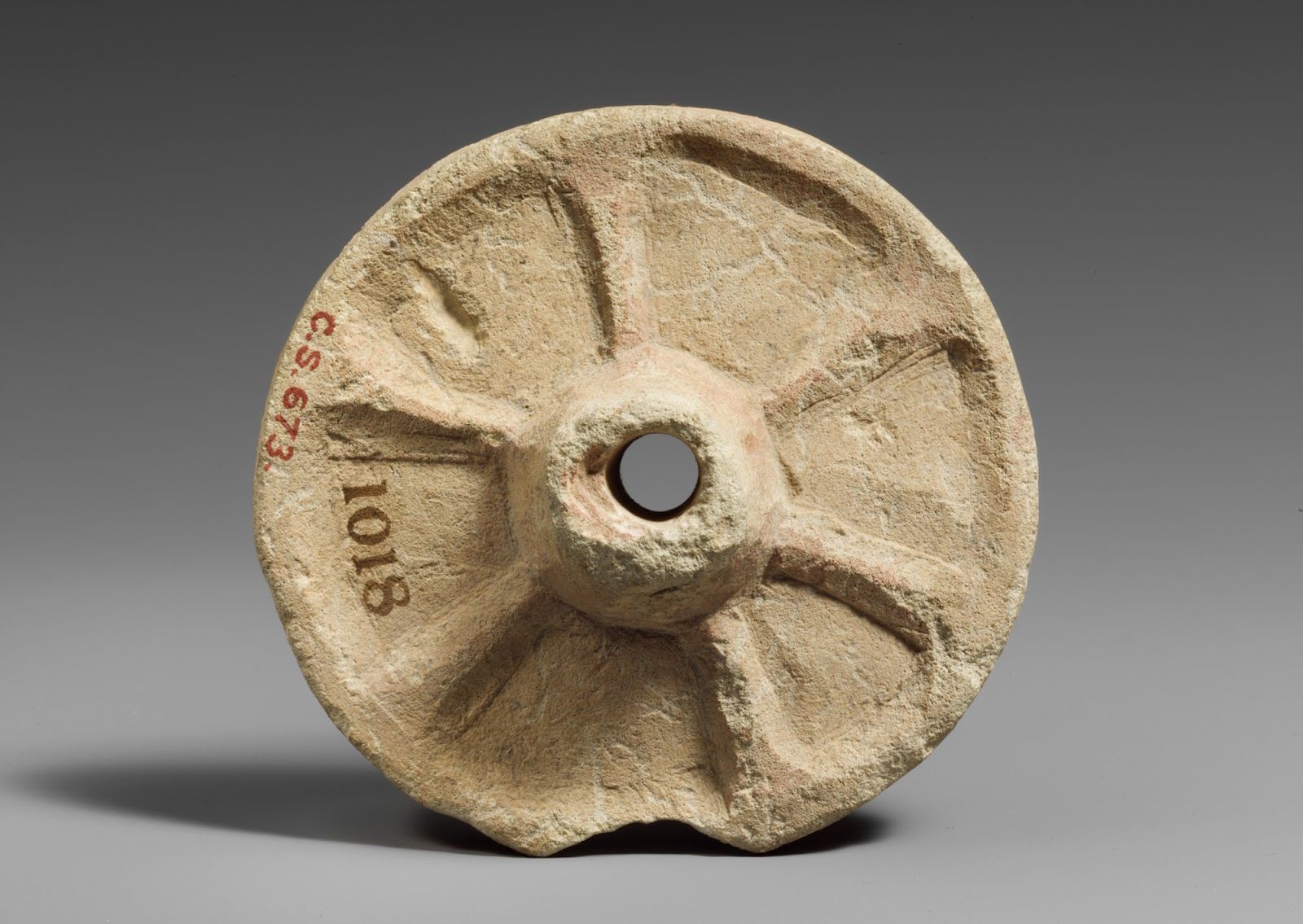Stay on course
Never get lost again: 10 survival and navigation hacks
Published on April 23, 2025
 Credit: Denise Jans
Credit: Denise Jans
Who hasn’t lost their bearings, at least momentarily, during a hike through unfamiliar terrain? Whether in the wilderness or the urban jungle, even seasoned explorers can sometimes get turned around. With the right tips, though, you can confidently stay on course. Here we’ve gathered some of the most practical advice, from natural navigation techniques to modern tech tools, to ensure you avoid walking in circles on your next adventure. Stay calm, stay prepared, and enjoy the journey!
Follow the Sun
 Credit: Denise Jans
Credit: Denise Jans
You can use the sun's position to easily determine your general direction. The sun rises in the east and sets in the west, and, in the Northern Hemisphere, travels slightly southward throughout the day.
Observing its position can give you a rough sense of cardinal directions. At midday, the sun is due south. You can also use a watch as an improvised compass: point the hour hand at the sun and halfway between that and 12 o'clock gives you south.
Track the stars
 Credit: Klemen Vrankar
Credit: Klemen Vrankar
Lost after dark? Let the night sky guide you! In the Northern Hemisphere, find Polaris (North Star) by locating the Big Dipper; the two stars at the end of its "bowl" point directly to Polaris.
In the Southern Hemisphere, use the Southern Cross constellation to locate the south. This method has been trusted by travelers for centuries, especially among sailors and desert nomads, when maps weren’t an option.
Map your route
 Credit: Drew Walker
Credit: Drew Walker
Always plan ahead. This advice goes beyond just avoiding getting lost —it can help you navigate and stay out of trouble in many situations. Always carry a physical map when traveling, especially in remote areas. Familiarize yourself with key landmarks and, if possible, mark your path as you go.
By plotting points and taking note of terrain features, you'll improve your chances of retracing your steps or finding alternative routes if needed. Digital maps are also great but remember that they can often fail without service, and you won’t be able to access them if your battery dies.
Learn landmarks
 Credit: Kalen Emsley
Credit: Kalen Emsley
Learn to recognize your surroundings. During a challenging hike, it can be tempting to focus solely on the ground beneath your feet, but looking up and taking in your environment can be lifesaving. Pay attention to prominent features such as mountains, rivers, or unique buildings.
Of course, cities are easier to navigate with distinct landmarks like skyscrapers or monuments, while in the wilderness, a unique tree or ridge line can anchor your route. These can serve as reliable waypoints for orientation, so always note their relative position as you travel. As a bonus, you’ll get to enjoy the scenery more!
Use a compass
 Credit: Aron Visuals
Credit: Aron Visuals
Compasses are timeless tools for finding your way, reliable even in the thickest of fogs. Learn to read one properly, aligning the needle to the north and following your desired bearing. When paired with a map, you’ll find that it’s quite hard to get lost!
Modern versions often include features like altimeters or GPS connectivity, but even the most basic model will help you stay on track and find your way with confidence.
Understand GPS
 Credit: Maël BALLAND
Credit: Maël BALLAND
Obviously, if you have access to more modern technology than a humble compass, make the most of it! Today, anyone can have a reasonably reliable GPS system on their phone, helping pinpoint your location with precision within seconds.
Before heading out, familiarize yourself with the features of these systems and test them in familiar areas. Most of these services also allow downloading offline maps for areas with no signal. However, if you are going to rely on electronic devices, remember to keep them charged and carry a backup battery or solar charger for extended trips.
Mark your trail
 Credit: Albert Dehon
Credit: Albert Dehon
Remember Hansel and Gretel? They were onto something—though, as the story shows, literal breadcrumbs aren’t the best choice. When navigating forests, deserts, or areas with few landmarks, leaving your own markers is a smart idea.
Use stacked rocks, tied ribbons, or scratched arrows to mark your path. This technique is especially helpful for retracing your steps or guiding search parties to your location. However, try to remove these markers when you return. Leaving them behind can confuse future hikers and may harm the environment by disturbing the soil and increasing erosion.
Read the terrain
 Credit: Kalen Emsley
Credit: Kalen Emsley
Let the land guide you. Although this might sound a bit like a New Age slogan, it couldn’t be more true. Landscapes naturally funnel movement—valleys lead to rivers, and trails often follow ridges.
Learn to spot the patterns, like streams flowing downhill or human paths converging at logical points. This skill reduces wandering and ensures you're headed toward areas of interest or civilization.
Trust your instincts
 Credit: NEOM
Credit: NEOM
When in doubt, follow your nose! Meaning, of course, that your instincts are often more reliable than you might think. Also, try to remain calm—panic almost always leads to poor decisions.
If disoriented, stop, take deep breaths, and assess. Use tools like maps, compasses, or apps to determine your next move logically. Being mindful of your surroundings improves focus, allowing you to correct mistakes before they escalate.
Signal for help
 Credit: Lanju Fotografie
Credit: Lanju Fotografie
If all else fails, and you are utterly and completely lost, your best course of action is to stay in place and signal for help. You can use mirrors, whistles, or bright clothing to attract attention.
Three of any signal—three blasts, flashes, or fires—is the universal distress signal. Helicopters or rescue teams often spot reflected light or vibrant colors from far distances, boosting your chances of being found.












